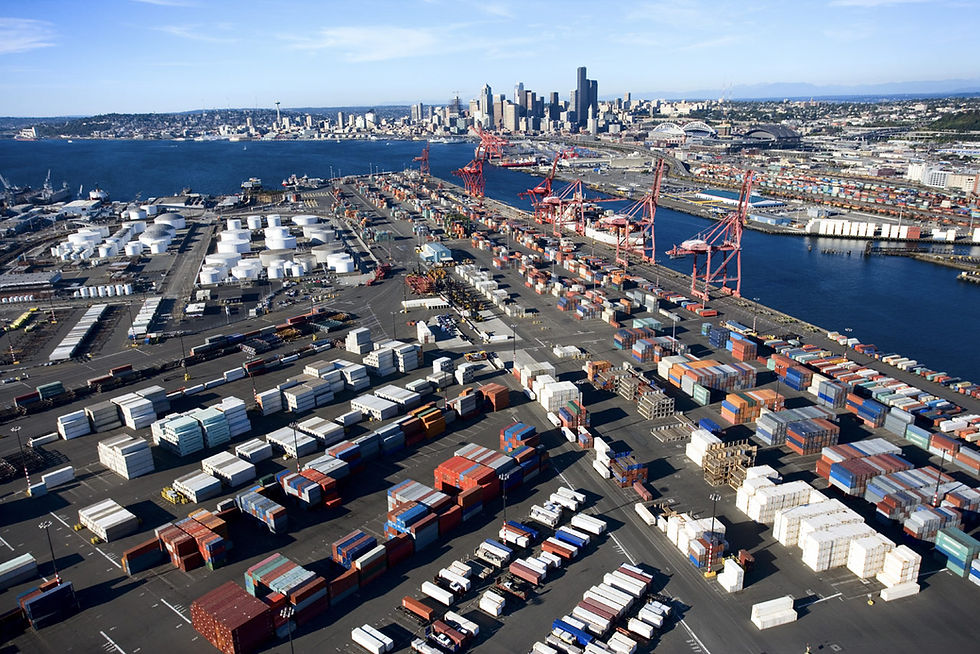The government is expected to announce the country's full-year economic growth figure this week, which is predicted to be around 8-8.2%. However, the government has also stated that this high rate may not be sustained in 2023 due to various risks caused by global geopolitical tensions, which will have a direct negative impact on Vietnam's economy.
As a result, the government and the National Assembly have set a less optimistic target for economic growth to reach 6.5% in 2023.
The Asian Development Bank (ADB) anticipates even more challenges for the economy in the coming year. While Vietnam's economy is performing well amid global uncertainties, risks to the economic outlook have increased. The ADB has raised its forecasts for Vietnam's economy to grow by 7.5% this year but has revised its forecast for inflation in 2022 down to 3.5%.
Under the ADB's calculations, trade continues to expand, but there are signs of weakening global demand for the country's exports. The manufacturing price index (PMI) decreased from 50.6 in October to 47.4 in November, and employment was down for the first time in eight months. There is also little liquidity available for economic recovery due to recent monetary tightening, a decline in corporate debt issuance from January to October, and a slowdown in the disbursement of public investment. The growth forecast for 2023 has therefore been adjusted down from 6.7% to 6.3% due to weakening major trade partners.

Source: Wix media
Vietnam's total 11-month commodity trade turnover is estimated to be $673.82 billion, an increase of 11.8% from the previous year. The export turnover reached $342.21 billion, a 13.4% increase, and the import turnover was $331.61 billion, a 10.1% increase.
However, this achievement has revealed some signs of risk, as the export growth has largely been due to price increases rather than volume increases. Businesses are also facing numerous difficulties due to a significant decline in orders due to weak demand.
Figures from the General Statistics Office show that monthly trade values during September-November decreased to approximately $29.5 billion of exports and over $28 billion of imports, from $31.3 billion and $31 billion, respectively, in the March-August period. The end of the year is usually a time when exports increase due to rising global demand. The Ministry of Industry and Trade expects this situation to continue into next year, which will continue to affect Vietnam's economic growth. Currently, export-import turnover is equal to twice the GDP.
FocusEconomics stated in its January 2023 report that Vietnam should remain ASEAN's top performer in 2023, despite projected softer growth. Slowdowns in private consumption, investment, industrial activity, and exports will all weigh on activity. FocusEconomics' panel expects GDP to expand by 6.1% in 2023, which is down 0.1 percentage points from last month's forecast, and 6.7% in 2024. Under its calculations, Vietnam's industrial production increased 10.4% year-on-year in November, which was lower than the year-on-year increase of 16.5% in October.
Industrial production growth slowed to 5.3% year-on-year in November, the lowest rate since February, and the PMI also dipped into contractionary territory for the first time since October 2021. Retail sales showed a high but decreasing growth rate of 17.5% year-on-year in November, compared to 20.7% in October 2022.
According to the World Bank, merchandise exports contracted by 8.4% year-on-year in November, the first contraction since October 2021, due to weakening external demand and high base effects associated with the rebound in Q4 of 2021. The World Bank also predicted in October that Vietnam's economy will grow by 7.2% for the whole of 2022 before decreasing to 6.7% next year.
(Vietnam Investment Review)
Read more: Vietnam Macro and Industry Report
Vietnam Macro and Industry Report - December 2022
Comments